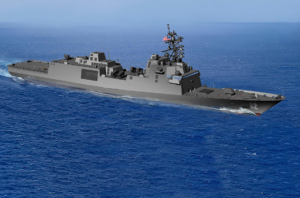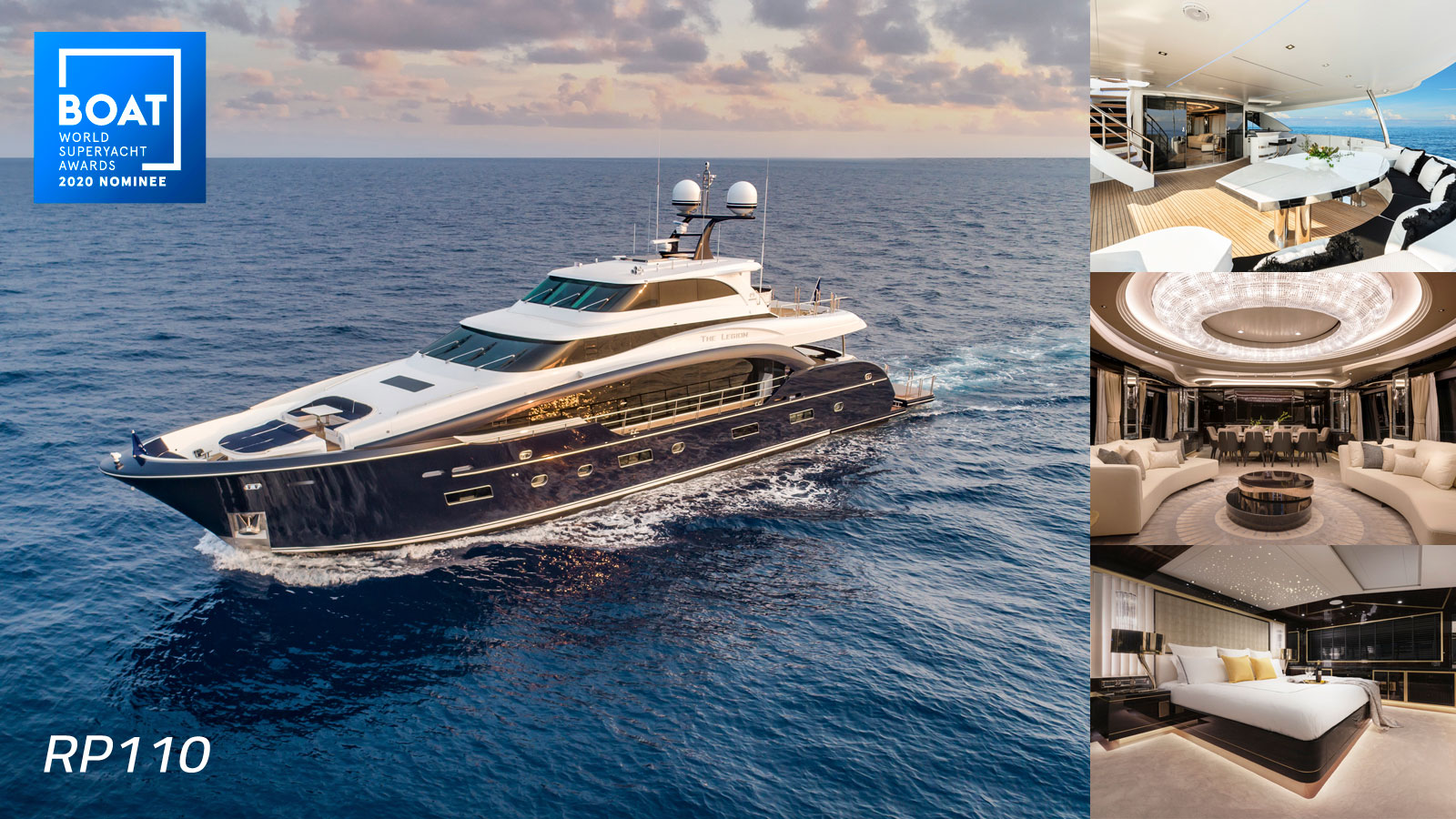Our annual internal design competition challenges our employees to exercise their knowledge and creativity to explore new and innovative ideas to integrate into the maritime market.
This year’s design competition featured many unique and innovative Autonomy and Automation concepts. Our panel of judges was impressed with the diversity of ideas and the innovative thinking that our staff brought forward. The results of the competition were outstanding! Each presentation highlighted creativity within the marine market, which may ultimately lead to future business. The winning participants presented four unique and innovated solutions, each backed by solid engineering and professional presentations. Deciding a winner was no easy task.

Winning Entry
The Prion – A Deployable Persistent Surveillance USV
This year’s overall design competition winner is G&C Australia’s Managing Director, Levi Catton, with his concept, The Prion – A Deployable Persistent Surveillance USV. The Prion was the most innovative, advanced, and thoroughly presented concept this year and has the highest potential to be brought to market. Levi’s design concept is a deployable light USV for long-range, long-term autonomous surveillance missions. His design employs wave, solar, and wind power with battery storage to provide a reliable long-term minimum power generation profile to support enhanced persistence and assured availability of C4, surveillance and transit functions.
The Prion is also intended to be employed in a highly distributed fleet to provide a wide area network of flexible, relocatable surface sensors, which requires minimal human monitoring and intervention. The design embodies currently available and operational technologies in a uniquely deployable and persistent package with very competitive affordability compared with other surveillance modalities. The persistent coverage and cost of surveillance can be improved by supplementing existing high cost asses with a low cost distribution of a USV fleet.

Most Creative
Solutions for Power Generation of Unmanned Underwater Vehicles
Electrical Engineer Kevin Bromberger, created an innovative design solution for power generation on an unmanned UUV glider. Truly self-reliant naval vehicles will require a level of self-dependence that extends beyond simple navigation and decision-making. The autonomous vessels of the future will need to possess the capability to carry out long duration missions without the need to be refueled and constantly maintained.
Power Generation is currently the largest limiting factor for long range UUVs. A fleet of UUVs capable of carrying out missions for months or even years will become vital for our ability to maintain both a forward presence and an advance understanding of the evolving naval landscape. As the development of UUVs expands the best option for optimizing power generation is leveraging recent advances in renewable energy. In his project, Kevin examined innovative solutions for autonomous power generation and consumption; underwater solar cells, Hydrokinetic power generation and variable-buoyancy propulsion.

Most Practical
Small Adaptable Mother Ship Design Space Exploration
Senior Principal Naval Architect Pat Naughton presented the most practical concept for G&C Internal Research and Development (IRAD) incorporation; The Small Adaptable Mother Ship (SAMS) Design Space Exploration. Pat summarizes an early stage design space exploration for small, ocean-going, vessels optimized to serve as mother ships for automated and/or autonomous (A&A) small crafts through many facets. His research began by investigating the potential roles for Small Adaptable Mother Ship, Parametric Analyses of dimension and weights, investigating design constraints, and analyzing unique design features, particularly in way of powering and handling of organic overboard vehicles. Many NATO and allied navies are in need of replacing legacy Mine Countermeasure Vessels (MCMVs). SAMS outfitted with modular A&A systems can provide them with a relatively low cost, multi-use platform to take the place of multiple one-off or limited run specialized vessels.
Legacy MCMVs typically are specially designed low-signature/shock resistant/high-cost vessels that result in limited range and endurance. The use of A&A crafts can now allow MCMVs to stand off from immediate danger, as well as deploy unmanned crafts to detect and neutralize mine threats. One Mother Ship can be re-outfitted to preform different roles throughout its service life such as, research, law enforcement, and low intensity naval roles.

Most Potential For Immediate Application
Autonomous Mine Warfare
Naval Architect Jonathan Hale developed an autonomous mine warfare concept with the most potential for immediate application. Jonathan’s focus began with the pressing need for the US to address and improve its current mine countermeasure (MCM) capabilities, because mines account for more damage to US ships than all other threats since 1945.
The limits of developing effective MCM lie not in the automation, but the need to deploy the platforms quickly, without risk to a larger, more valuable platform, and large enough quantities to mitigate loses. Jonathan’s solution is to employ platform airdrops and convert expeditionary sea base (ESBs) ships. The marine airdrops allow USVs to operate alone in contested waters until the mission is complete and keep the larger platform safe until given the all clear to recover the USV. Converting the ESB will need to accommodate 10-20 USVS, launch and recover systems, and refit armament for neutralization payloads. In order to mitigate losses and ensure confidence in success, enough MCM platforms will need to be deployed.
 ARLINGTON, Va. – Gibbs & Cox, Inc. congratulates Fincantieri Marinette Marine for being awarded the FFG(X) Design and Construction contract by the US Navy. As part of the Fincantieri Team, Gibbs & Cox will serve as the design agent on the program and will build upon their long standing partnership with the shipyard.
ARLINGTON, Va. – Gibbs & Cox, Inc. congratulates Fincantieri Marinette Marine for being awarded the FFG(X) Design and Construction contract by the US Navy. As part of the Fincantieri Team, Gibbs & Cox will serve as the design agent on the program and will build upon their long standing partnership with the shipyard. The DLBA team is responsible for the structural design, major equipment integration and foundations, hull lines, propulsion machinery, stability, anchoring system, and portlights of the yacht, creating an extensive design package. The Legion was built by
The DLBA team is responsible for the structural design, major equipment integration and foundations, hull lines, propulsion machinery, stability, anchoring system, and portlights of the yacht, creating an extensive design package. The Legion was built by 






